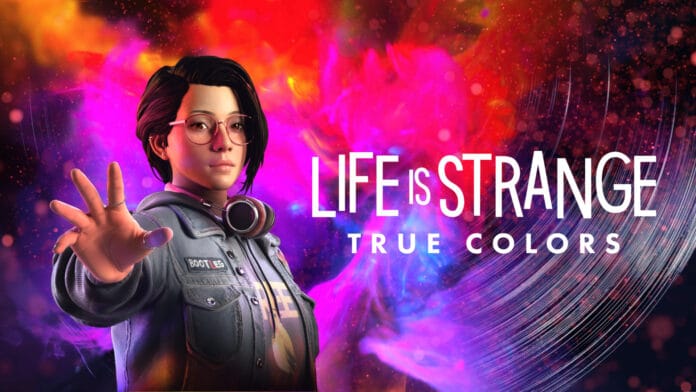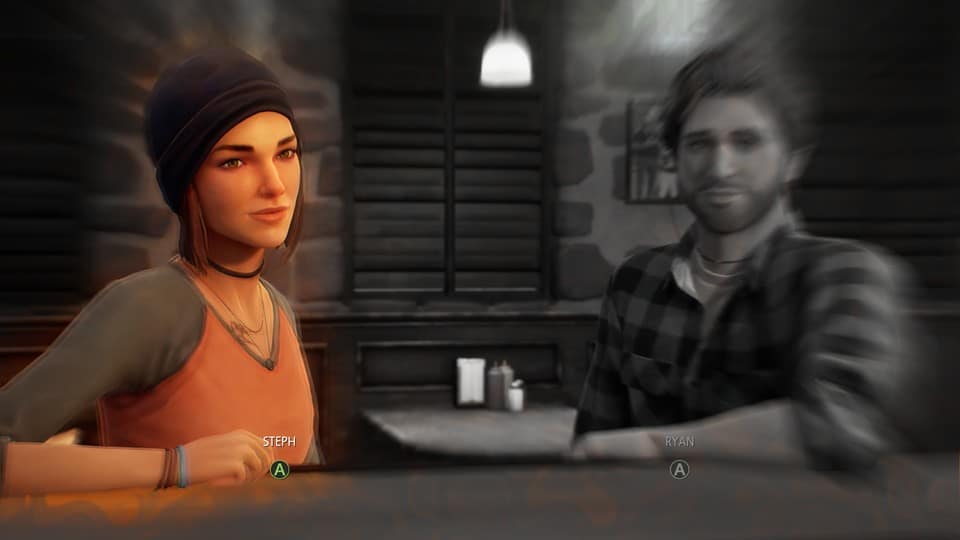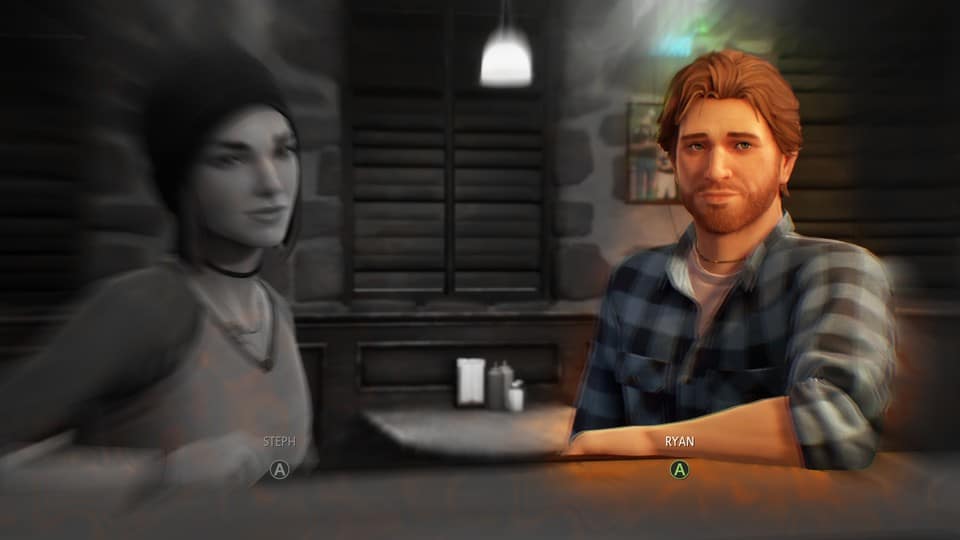Life is Strange: True Colors is a story highlight that you won’t soon forget. In our test, you’ll find out what makes it extraordinary – and where it still fails.
The tester of Life is Strange: True Colors sits in front of the end credits after a long night, teary-eyed, done with the world, but still somehow happy. You have a decision to make:
- Let her cry it out in peace
- Tell her to get a grip, you want to read a review of the game
All right, it was worth a shot. A test you shall have! A review in which we tell you why you should definitely play Life is Strange: True Colors – even if it’s not a perfect game.
Anyone who has already played a Life is Strange knows the recipe for success: an emotional coming-of-age story, a mysterious criminal case, a superpower, big decisions and a soulful indie soundtrack. And although Life is Strange 2 also had all these ingredients, it didn’t come close to the magic of the first part. True Colors succeeds again … almost.
Table of Contents
This is what Life is Strange: True Colors is all about
Our new heroine is Alex, a young woman who grew up in children’s homes and foster families after a difficult childhood. After many years, her older brother Gabe tracks her down and asks her to come to Haven Springs, where he has since made a safe life for himself. But a tragic incident throws everything out of balance.
To solve the case, Alex uses a power she has long tried to suppress. She can see other people’s feelings and hear their thoughts about them. When fear, anger or sadness become particularly strong, Alex can see the world through that person’s eyes and recall memories and feelings linked to objects in the environment.
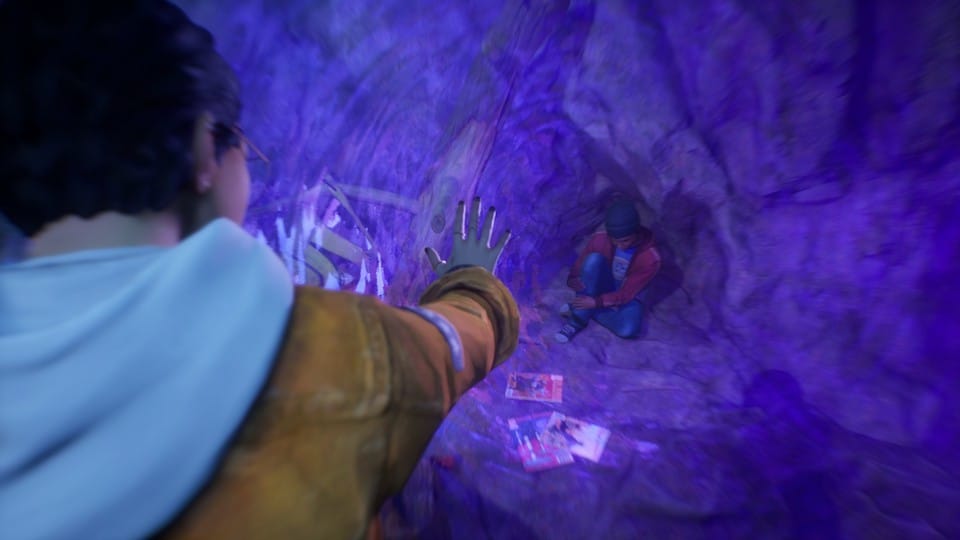
A power that you shouldn’t think about for more than a few seconds, though, because otherwise the logic gaps quickly become apparent. At times Alex can read quite everyday emotions of NPCs, at other times the actually strong emotions of main characters remain hidden from us. Although we can freely use the power at any time, it often only works exactly as it suits the plot. Exciting experimentation, hidden secrets, surprising revelations away from the main plot … so much more could have been done here!
Alex sees her power not as a blessing but as a curse. For her own emotions merge with those of those around her and so she already struggles throughout her life with uncontrolled outbursts of anger or severe grief.
Great emotions
This is one of the great strengths of True Colors: we get to know the characters of Haven Springs intimately – their deepest fears and concerns and their relationships with each other. We ourselves make them our enemies, friends or even partners through our choices. For Ryan and Steph, best friends with Alex’s brother Gabe, both show romantic interest in her.
To be clear: None of this feels contrived. Alex has great chemistry with all the characters, helped by the well-done voice acting with well-known German speakers. Our dialogues feel real, we experience moments together that we think about for a long time and we regularly receive messages from our new friends. And we have to say: never before have we enjoyed reading text logs in a game so much.
The messages and social media entries on our mobile phones are sometimes funny, sometimes an exciting hint for future events, sometimes a punch in the gut. For example, we read older messages from a man Alex has been on a few dates with. One evening, she asks him if she can spend the night at his place because the conditions at the home have become unbearable. A question she also sent to a friend several times. The following messages, which end with Alex blocking his contact, send shivers down our spines.
True Colors is not afraid of shocking moments. It uses themes of death, family violence, illness and guilt not just as a gimmick, but gives them the space they need. But it doesn’t always offer a solution – just like life doesn’t.
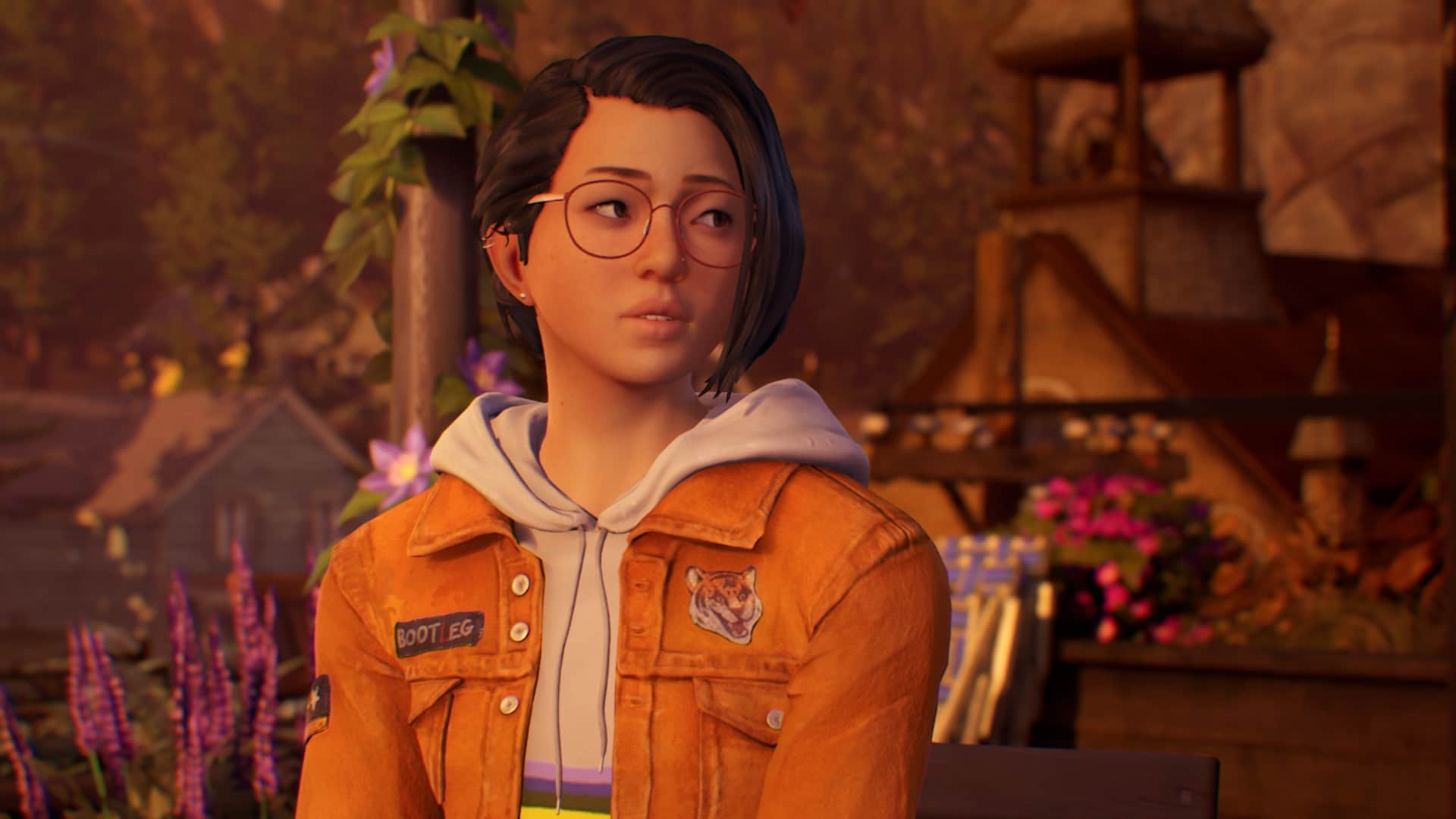
The main characters are uncannily lovingly designed visually. Their facial features, clothing and expressions tell us an incredible amount about their personalities. It’s a shame that the stiff animations sometimes come at the expense of believability and expression. Especially because the emotions play such an important role. But also the NPCs without names that we meet in the world could have used a lot more love. They don’t go beyond interchangeable standard models with minimal animation.
Open World ultra light
Originally, we were told to experience a kind of Open World in True Colors – “So Mittel Open Village” would be a more accurate paraphrase. We move quite freely through Haven Springs from chapter two onwards and can also solve optional side tasks, but most of the buildings remain closed to us. In our opinion, however, this fits much better with the game concept of Life is Strange. Returning to a small town that gradually becomes our home is a much better decision than the road trip from part two.
Because the mining town of Haven Springs almost functions as a character itself. It is full of little stories and details that want to be discovered by us. A miner talking to his mother on the phone, worried about his job. An ice cream parlour that creates a new kind of ice cream through our intervention. Discount coupons for the marijuana dispensary down the street at the record shop … wait, what?
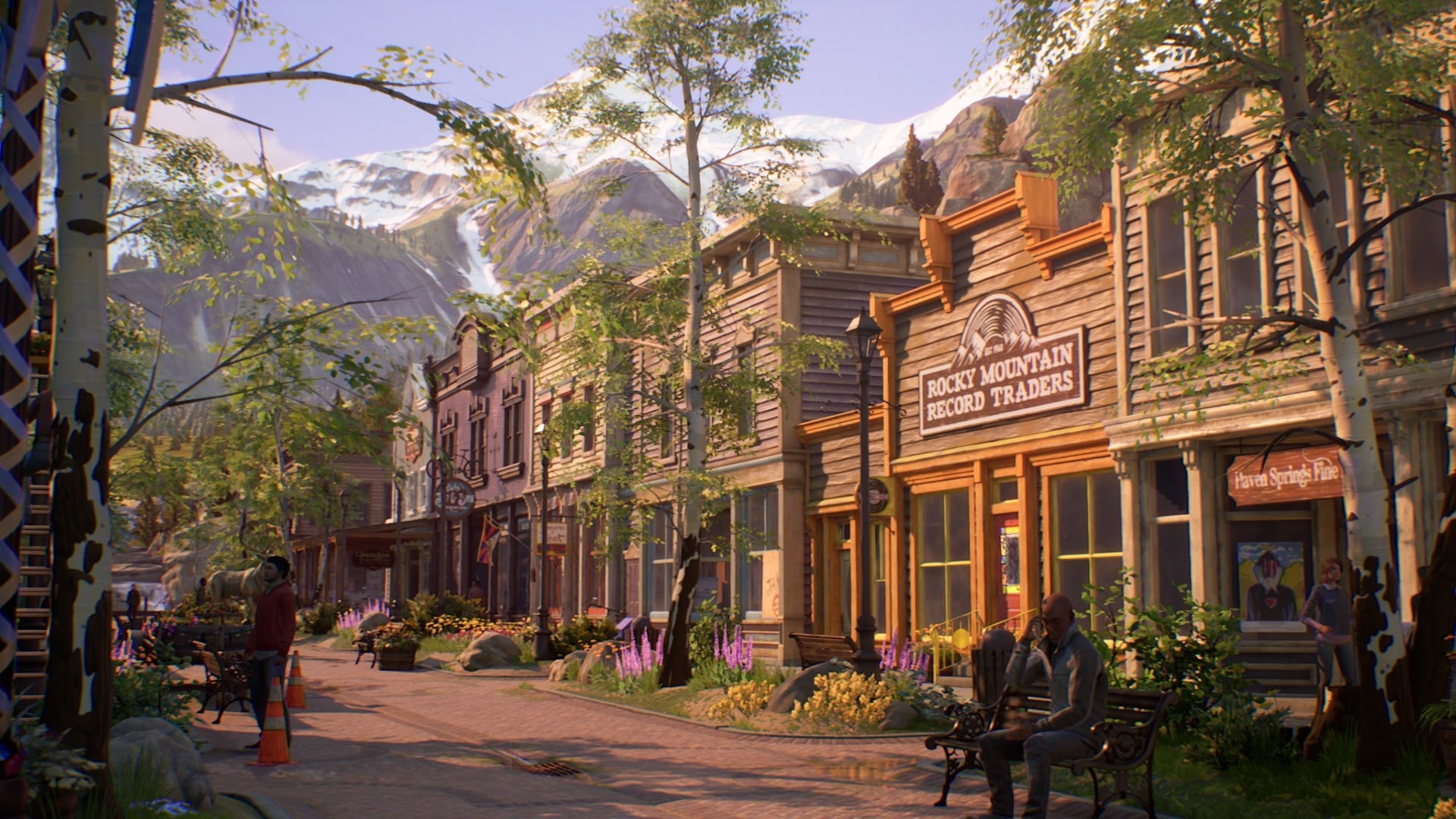
Yes, at first glance Haven Springs seems like an unrealistic hipster vision. How could a village with a flower shop, a music shop and a marijuana dispensary survive? But in fact it explains why Haven Springs depends on the financial support of the mining company Typhon, which plays an important role in the plot. Everything is interconnected.
What role do the decisions play?
Of course, it wouldn’t be Life is Strange without a series of serious choices. Should we accept a dubious settlement offer? Who can we really trust? But even small decisions like choosing a name for our LARP character shape our very own story.
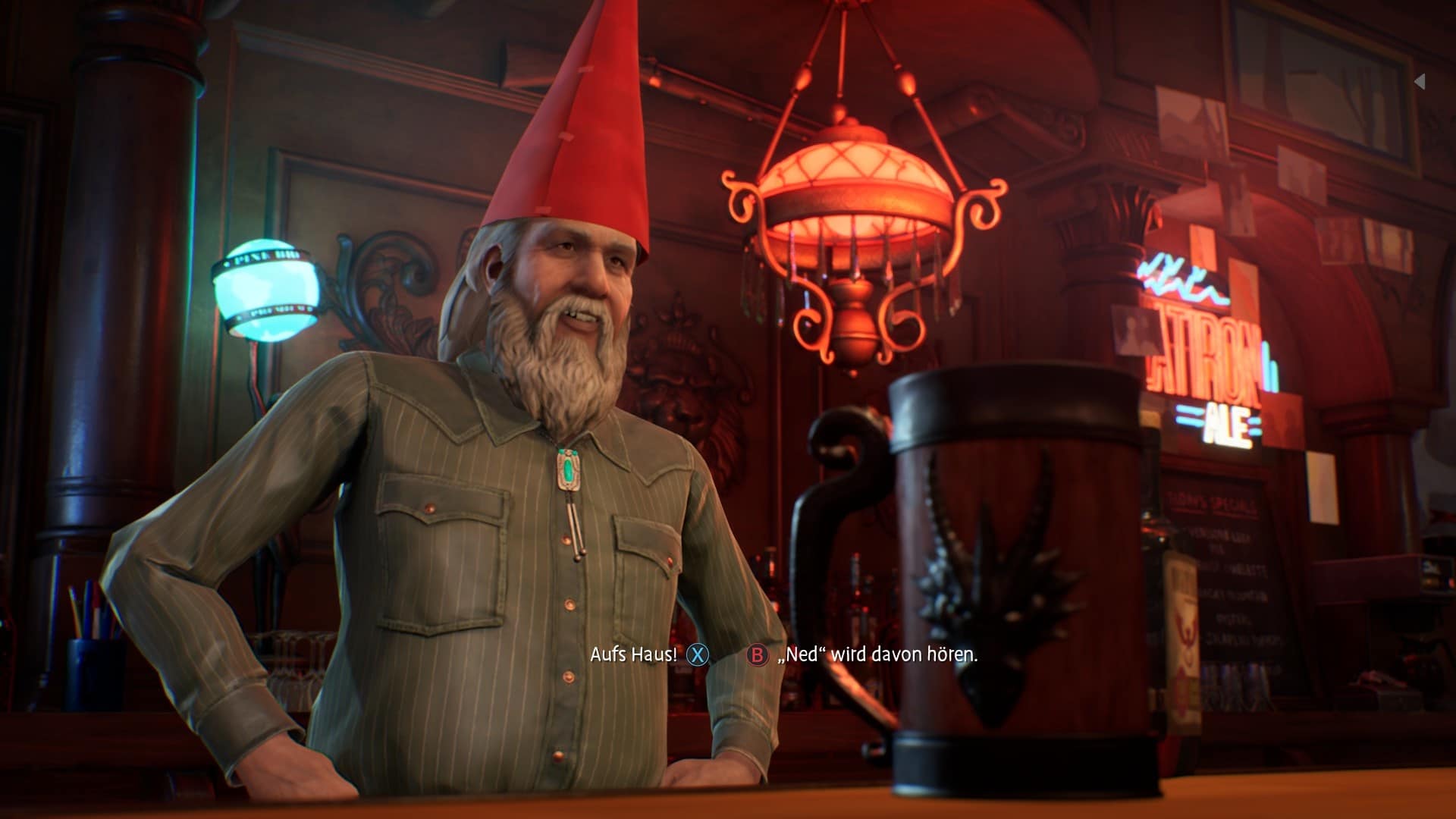
In the end, while our choices lead to one of five different endings, the path to get there unfortunately remains more or less linear. In fact, sometimes our decisions don’t influence what happens so much as how our fellow human beings react to them.
The fact that the storylines always end up in similar situations is disappointing, but still, people’s reactions feel really significant. Because they are more to us than video game characters in that moment. Because their opinions matter to us. Because sometimes we carry around a guilty conscience for a wrong decision for hours.
Because it turns out that there are some clearly wrong decisions. They are not always clear as we make them, but inevitably lead to a somewhat unsatisfactory resolution. Too bad we rarely get a chance to make amends for such decisions.
A unique experience
Life is Strange: True Colors in many ways brings back the magic from the first part that neither Life is Strange 2 nor Before the Storm could quite capture. However, we also sorely miss a few aspects. The time rewind power provided exciting puzzles at one point or another. There is no such thing in True Colors at all. The power of reading emotions is only used to unlock further dialogue or to learn more about a back story. Game mechanically, it offers no challenge.
Generally, you need to know what you are getting into with True Colors: You’ll see a lot of cutscenes that are occasionally interrupted by dialogue, (almost) free roaming or mini-games like table football. More interactivity in the form of puzzles and experimenting with our powers would definitely have done True Colors good.
But in the end, the game is more than the sum of its parts. It’s its characters that feel like living, breathing human beings and become our friends, enemies and lovers. It is the story that leaves us pensive and melancholy, but also with a hopeful feeling. That’s why Life is Strange: True Colors isn’t perfect in the end. But still a game you should have experienced.

